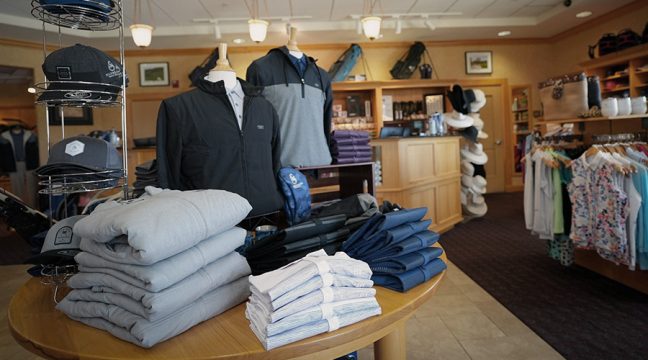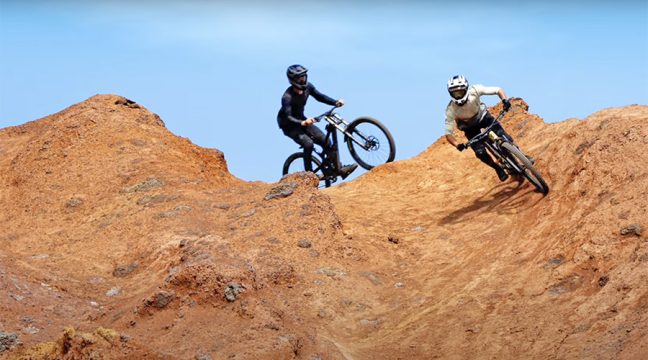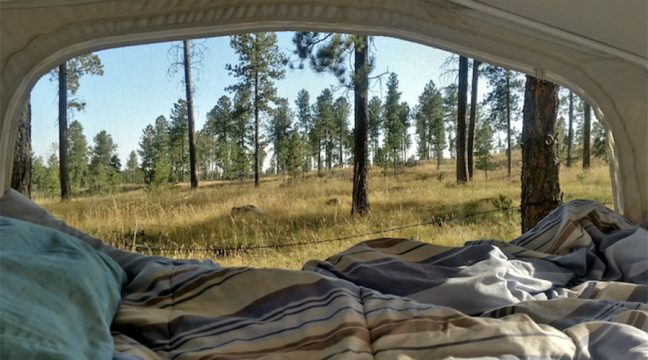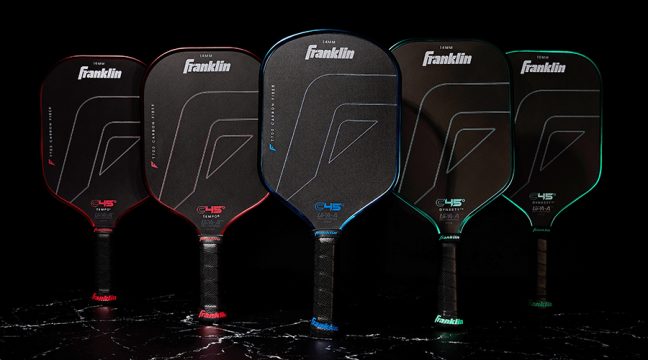Consumers are demanding featherweight ski equipment that can adapt to today’s boom-and-bust winters.
By Eugene Buchanan, Aaron Bible and David Clucas
Ski hardgoods sales couldn’t escape this year’s warm start to winter for much of the country.
Unlike their apparel and footwear brethren, few customers buy a set of skis as a fashion statement. The snow needs to be falling to spur purchases. So while brands and retailers tell us sales were better out West where snow fell, the bulk of their consumers in the dry and warm East and Midwest sat on their wallets through the all-important holiday season.
It was the complete opposite a year ago, when the West Coast couldn’t buy a snowflake and the Northeast and Midwest were buried in them.
Those swings of snowfall are driving one of the category’s top trends: versatility.
Whether alpine or AT, consumers are demanding skis, boots and bindings that perform in all conditions — whether that day calls for skiing man-made-snow on groomers or knee-deep powder in the backcountry.
The backcountry boom continues to drive lightweight and performance features in the AT category, but as the niche seeks wider adoption, it’s also making sure the equipment can deliver power and speed on the downhill for those days at the resort.
A focus on more women’s ski gear is another trend to watch — and not just colors and sizes, but a true difference in the materials and design that make up the product.
The following pages provide a peek of what’s trending in skis, boots and bindings for next season.
SKIS SEEK LIGHTNESS WITHOUT GIVING UP POWER

“Today’s skiers want it all: lightweight yet stable, powerful yet playful, strong edge grip, yet loose and schmeary,” Rossignol Brand Manager Nick Castagnoli told us. “The demand for that type of product is at an all-time high.”
Ever-lighter skis have been the big driver for the past few seasons, boosted by AT enthusiasts trudging uphill in the backcountry instead of sitting on chairlift. But according to G3 Product Line Manager Sigi Rumpfhuber, the weight game is approaching the physical limits of modern ski construction. “Making skis even lighter for the sole purpose of making them lighter will most likely result in products that ski worse. So we see the start of a new era that will focus on smarter and more educated implementation of lightweight technology into ski design,” Rumpfhuber said.
For G3’s new Findr ski line the goal was to achieve minimal weight through extensive use of carbon and advanced 3D shaping, and at the same time outbalance some of the disadvantages of carbon (brittleness, lack of dampness) by using elastic, dampening polyurethane sidewalls. Another example is at Rossignol, which integrated carbon fiber and basalt into an open diagonal weave, creating more elastic movement for mobility and strength in its new 7 series and Experience skis. The skis’ linear glass stringers also absorb vibrations and add a balanced flex from tip to tail.
Brands are also bringing over more of those lightweight and performance advances to their alpine skis. “K2’s engineers have been hard at work blending the control and versatility of their all-mountain skis with the playfulness of their freeride line to create the perfect combination for on and off-piste,” said spokesman Alex Hunt. “The low density/high strength core allows for reduced swing weight, while the metal-reinforced aspen perimeter adds power and stability.”
With its new AlLuvit 88 skis, K2 uses the same technology, but adds a women’s-specific, metal-laminated Bioflex wood blend of aspen and paulownia along the perimeter for weight savings and smooth flex. For women, “the trend has been to reduce the weight without losing stability and performance,” said Blizzard Marketing Jed Duke, adding that its women’s specific design offers uni-directional carbon fiber integrated into its core construction.
BOOTS BLEND BETTER FIT WITH GREATER RANGE OF MOTION

Trying to keep up with the fast changes in skis and bindings, the latest boots have the tough task of balancing the need of stiffness with increased range of motion. Oh, and they have to be comfy, too.
Scarpa brings a lightweight ski-touring boot, called the F1 that offers power to drive today’s wider skis. It’s built with “a carbon-fiber frame that runs the length of the boot under the foot and provides stiffness for ultimate power transfer to the ski while retaining the progressive flex skiers seek in the upper boot.” Closure and adjustment of the boot is achieved with a combination of a Boa on the lower boot and a buckle and power strap on the upper boot.
Tecnica’s backcountry Zero G line of boots employ a four-buckle overlap design built with a plastic that’s 2.5 times stiffer and 30 percent thinner than conventional boot material, resulting in a 20 percent weight reduction, officials said. Also new is a self-adjusting mobility cuff, allowing for 44 degrees of leg movement.
Dynafit debuts a new lighter and easier, one-buckle, Ultralock 3.0 Closure System (one dual-function buckle that opens the cuff to transition back and forth from ski to walk mode) and it removed its traditional toe piece in favor of it new Speed Nose and Master Step Insert system, making it easier to step into tech bindings, said Marketing Manager Jamie Starr.
And we’d be remiss not to call out Arc’teryx’s entry into the ski boot category with its new hybrid ski boot. What brand designers say is the first of its kind, the Procline Boot comes with all of the features of a classic alpine climbing boot combined with those of a lightweight ski mountaineering boot for mixed ice/rock ascents with enough support and power for technical ski descents.
NEW BINDINGS ACCOMMODATE GROWING VARIETY OF BOOT SOLES

“The increased availability of new boot sole norms has created the need for bindings that accommodate multiple soles at all price points and performance levels,” Rossignol’s Castagnoli said. The company’s Look brand (focused on bindings) improves its line-up with the new Pivot 12 Dual WTR, featuring a new toepiece, enabling skiers to use both Alpine (ISO 5355) and WTR (Walk to Ride) rocker soles without compromise. It will be available throughout 90 percent of its line in 2016/17.
Also targeting various boot configurations, Head USA rolls out its new Attack 14AT binding, a new fixed-heel alpine binding that’s compatible with WTR, AT, and alpine soles. The AFD is adjustable to each different sole, while maintaining a lightweight chassis and low stand height. “It’s all about enabling more versatility and compatibility,” said Alpine product manager Andrew Couperthwait.
To date, Marker’s Brand Manager Geoff Curtis said walkable soles have been restricted to touring boots. Not anymore. “It’s a chicken and egg thing,” said Curtis. “You can’t talk about bindings without talking about boots. Most things happening in boots are impacting bindings, and vice versa.”
Marker’s new Grip Walk is part of an integrated system – “essentially a binding built to accept a particular, easy-walking boot sole,” he added. “It’s available to any boot partner wanting to take advantage of easier walkability in conjunction with a binding that needs no further adjustments than release setting and forward pressure. The advantage is clear: It makes it easier to walk in your ski boots.”
Marker also debuts its new Sole ID system in several high-end bindings, allowing users to ski the bindings in either Alpine or AT boots. “It eliminates all compatibility issues for the retailer,” Curtis said. “It has a special AFD on the toe allowing any boot to go into it.”
Lead photo courtesy Arc’teryx










